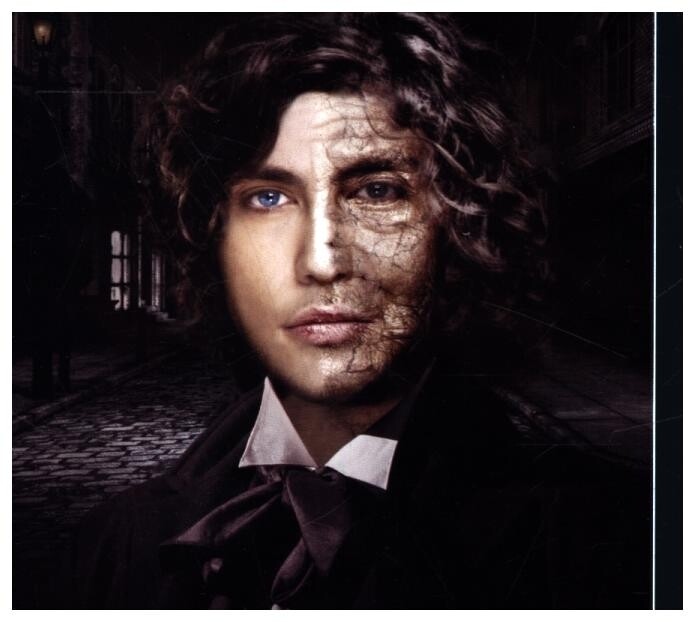
Zustellung: Mi, 03.09. - Fr, 05.09.
Sofort lieferbar
VersandkostenfreiBestellen & in Filiale abholen:
Enthralled by his own exquisite portrait, Dorian Gray exchanges his soul for eternal youth and beauty. Influenced by his friend Lord Henry Wotton, he is drawn into a corrupt double life; indulging his desires in secret while remaining a gentleman in the eyes of polite society. Only his portrait bears the traces of his decadence.
With an Introduction and Notes by John M.L. Drew, University of Buckingham.
Wilde's only novel, first published in 1890, is a brilliantly designed puzzle, intended to tease conventional minds with its exploration of the myriad interrelationships between art, life, and consequence. From its provocative Preface, challenging the reader to believe in 'art for art's sake', to its sensational conclusion, the story self-consciously experiments with the notion of sin as an element of design.
Yet Wilde himself underestimated the consequences of his experiment, and its capacity to outrage the Victorian establishment. Its words returned to haunt him in his court appearances in 1895, and he later recalled the 'note of doom' which runs like 'a purple thread' through its carefully crafted prose.
Wilde's only novel, first published in 1890, is a brilliantly designed puzzle, intended to tease conventional minds with its exploration of the myriad interrelationships between art, life, and consequence. From its provocative Preface, challenging the reader to believe in 'art for art's sake', to its sensational conclusion, the story self-consciously experiments with the notion of sin as an element of design.
Yet Wilde himself underestimated the consequences of his experiment, and its capacity to outrage the Victorian establishment. Its words returned to haunt him in his court appearances in 1895, and he later recalled the 'note of doom' which runs like 'a purple thread' through its carefully crafted prose.
Produktdetails
Erscheinungsdatum
05. Mai 1992
Sprache
englisch
Untertitel
Sprache: Englisch.
Seitenanzahl
224
Reihe
Wordsworth Classics
Autor/Autorin
Oscar Wilde
Verlag/Hersteller
Produktart
kartoniert
Gewicht
157 g
Größe (L/B/H)
199/128/14 mm
ISBN
9781853260155
Bewertungen
LovelyBooks-Bewertung am 19.04.2020
Spannend und immer noch hochaktuell
LovelyBooks-Bewertung am 03.04.2020
"The picture of Dorian Gray" dürfte eine, wenn nicht die bekannteste Geschichte Oscar Wildes sein. Innerhalb seines Romans greift er vom Dandytum, über den Ästhetizismus und Hedonismus bishin zur Persönlichkeitsentwicklung und -struktur verschiedene Themen auf.Auch die Doppelgängermotivik wird an verschiedenen Stellen aufgegriffen und mit der Spaltung Dorians auf eine interessante Weise umgesetzt. Diese Spaltung kann man auch in Bezug auf die Persönlichkeitsentwicklung als ein Hauptthema ansehen. Anfangs ein Wunsch - vermutlich aus "jugendlichem Leichtsinn" heraus - wird die ewige Jugend Dorians irgendwann zu einem Fluch, der nicht nur seinen Alterungsprozess außer Kraft gesetzt hat, sondern auch einer Ent- und Weiterentwicklung der Persönlichkeit im Wege steht. Das Ende erscheint als eine mehr als logische Konsequenz, um die gespaltenen Teile seiner Seele wieder miteinander verbinden zu können.









